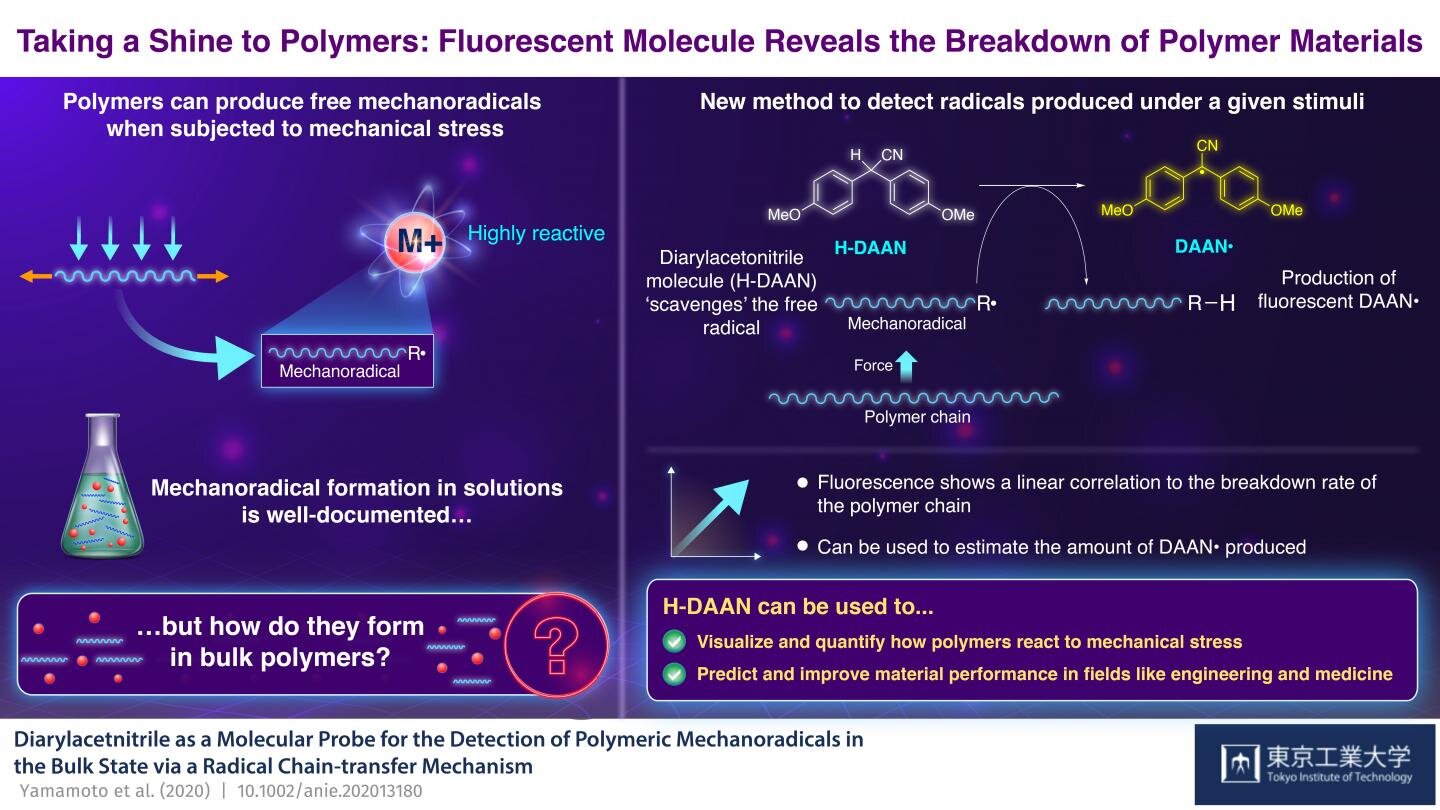#New method to measure vibrational frequencies in molecular hydrogen ions
“#New method to measure vibrational frequencies in molecular hydrogen ions”

An international research collaboration headed by VU-scientist Jeroen Koelemeij developed a new method to measure vibrational frequencies in the molecular hydrogen ion at four hundred times higher precision than before. The results improve the understanding of the fundamental laws of physics and particles such as the proton—topics which have recently been subject to debate. The outcomes of the study were published in Science last week.
The research collaboration studied the vibrational frequency of the simplest molecule in nature, the molecular hydrogen ion (HD ). Jeroen Koelemeij, senior author of the report in Science, says, “This frequency is dependent on two aspects. The first is the mass of the nuclear particles—the proton and deuteron—and the mass of the electron. For those, we use reference values obtained with preexisting measurement methods. However, these have been under debate since some very recent values were found to be in significant disagreement with older reference values. The second aspect is the interaction between the two nuclear particles and the electron. This can be described using quantum-electrodynamics, a theory that has successfully predicted the behavior of single electrons and the hydrogen atom (a nuclear particle plus an electron), and which has been in excellent agreement with experimental observations. The question now is whether quantum-electrodynamics works just as well for more complex systems such as molecules.”
Theory and experiment confirm earlier deviations
The new method, developed by Koelemeij and co-workers at LaserLaB Vrije Universiteit with financial aid from the Dutch NWO organization, makes use of an ion trap inside a vacuum chamber. About 100 HD ions are stored in this trap, and cooled using lasers to one-thousandth of a degree above absolute zero (-273.15 degrees Celsius). A very pure molecular vibration is subsequently excited using other purpose-built lasers, and its frequency measured.
The experimentally measured vibrational frequency is compared with the theoretical value as predicted by quantum-electrodynamics, calculated by French and Russian physicists. Theory and experiment turn out to be in agreement, thus enabling the researchers to infer the proton-to-electron mass ratio, a widely used quantity in physics and chemistry, with unprecedented precision.
Koelemeij says, “Apart from being very precise, our results confirm the recent deviating measurements of the proton mass and proton radius. This is the great value of our work: It shows that the properties of the proton, when it is inside a molecule, are just as ‘anomalous’ as recently found for single protons and protons inside atoms. The origin of the anomaly therefore appears to be in the older measurements. Besides that, the agreement between theory and experiment heralds another triumph for quantum-electrodynamics, which turns out to be valid for molecules, too.”
Possible fifth force
Koelemeij believes the new method could lead to more insights: “Physics is approaching a turning point in history. During most of the past century, experimental and astronomical observations could always be explained by either Einstein’s theory of relativity, or the standard model of particle physics and fields. But over the past four decades, growing evidence suggests that 95% of our universe consists of dark matter and dark energy. No one knows what these are made of.”
It has been speculated that dark matter and energy are related to yet undiscovered particles and ‘fifth forces’ of nature, which might also influence the vibrations of HD . More precise studies might detect this as a deviation between theory and experiment. Koelemeij says, “Our current experiment has not revealed such a discrepancy. Yet we can use our results to place a more stringent upper bound to the strength of the force, and the mass of undiscovered particles.”
Koelemeij and coworkers are contemplating more precise experiments: “It is like a game of Mastermind. You poke the molecules with a certain color of laser light, and examine the information the molecules give back to you. Then you try again with another color, and again—until you have collected all the information needed to break nature’s code.”
More information:
Sayan Patra et al. Proton-electron mass ratio from laser spectroscopy of HD at the part-per-trillion level, Science (2020). DOI: 10.1126/science.aba0453
New method to measure vibrational frequencies in molecular hydrogen ions (2020, August 3)
retrieved 3 August 2020
from https://phys.org/news/2020-08-method-vibrational-frequencies-molecular-hydrogen.html
This document is subject to copyright. Apart from any fair dealing for the purpose of private study or research, no
part may be reproduced without the written permission. The content is provided for information purposes only.
If you want to read more Like this articles, you can visit our Science category.
if you want to watch Movies or Tv Shows go to Dizi.BuradaBiliyorum.Com for forums sites go to Forum.BuradaBiliyorum.Com




